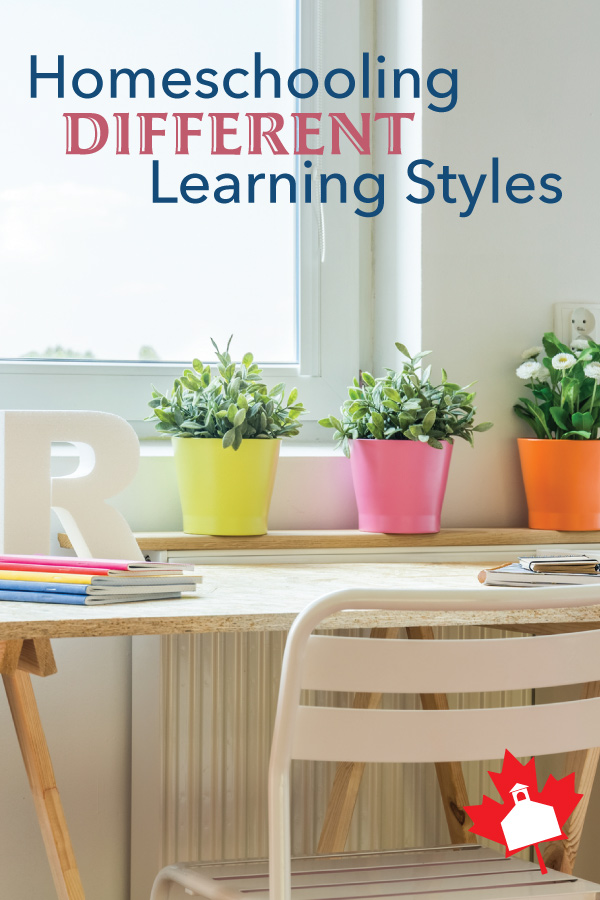

Recognizing that your student has their own learning style will help immensely with how you approach teaching them. There is no one “right way” of teaching; instead there are several possibilities. There are four main categories of learning styles, and different children will excel in different categories. These categories are visual learners, auditory learners, kinesthetic learners, and students with reading or writing preferences.
When approaching learning in a way that the student can better receive it, this encourages a better learning environment with increased levels in comprehension and motivation.
Different Learning Styles
Visual
What it is:
Visual learners do well when information is presented in a visual way as in maps, charts, written information and images. Visual learners like to draw, make lists and take notes while learning.
What you can do: Have lots of images posted on the wall or in handouts and use presentation-style teaching. Encourage drawing or note-taking and allow for some extra time for them to grasp the lessons.
Auditory
What it is: Auditory learners do well with listening when information is spoken as in lectures and study groups. Auditory learners use repetition and mnemonic devices to help drill in new information and prefer to read things out loud and answer questions verbally.
What you can do: Provide more opportunities for listening to lessons, rather than reading. Encourage dialogue about what they’ve heard, asking them to repeat it to reinforce their comprehension, and allow them to give oral reports on subjects as well. Videos or audio books for learning are also helpful. Auditory learners are quick to answer and share their thoughts.

Kinesthetic
What it is: Hands-on learning is where kinesthetic students thrive. Working with their hands through projects, either pulling things apart or putting things together (or both!), helps them grasp information better. Kinesthetic learners don’t like sitting still for too long and like to keep busy. These students are good at sports or dancing.
What you can do: Do more activities to keep them moving, like acting out stories or building an object lesson or science project. Allow for moments for them to be active, like pacing around while memorizing some information. Give frequent breaks for writing and reading tasks.
Reading/Writing Preferences
What is it: These students prefer to read a lot and show their comprehension on subject matter through writing, like essays and lots of note-taking on a topic they’ve learned about.
What you can do: Encourage and allow lots of time for reading, providing resources like dictionaries or opportunities for internet searches for them to get more information when they read. For writing, offer a journal or diary to carry around so they can write when ideas start to come.
Always remember to be flexible with your student. No matter which learning style is used, all students need time to learn at their own pace. In some cases, students may have a combo of learning styles and that’s okay too. You can adjust to suit each style and what works best for both student and teacher.
If you aren’t sure what style of learning best suits your child, you can take a quiz online to help you determine.
This article has been written by homeschooling staff writers of The Canadian Schoolhouse (TCS). Enjoy more of our content from TCS contributors and staff writers by visiting our Front Door page that has content on our monthly theme and links to all our content sections.














